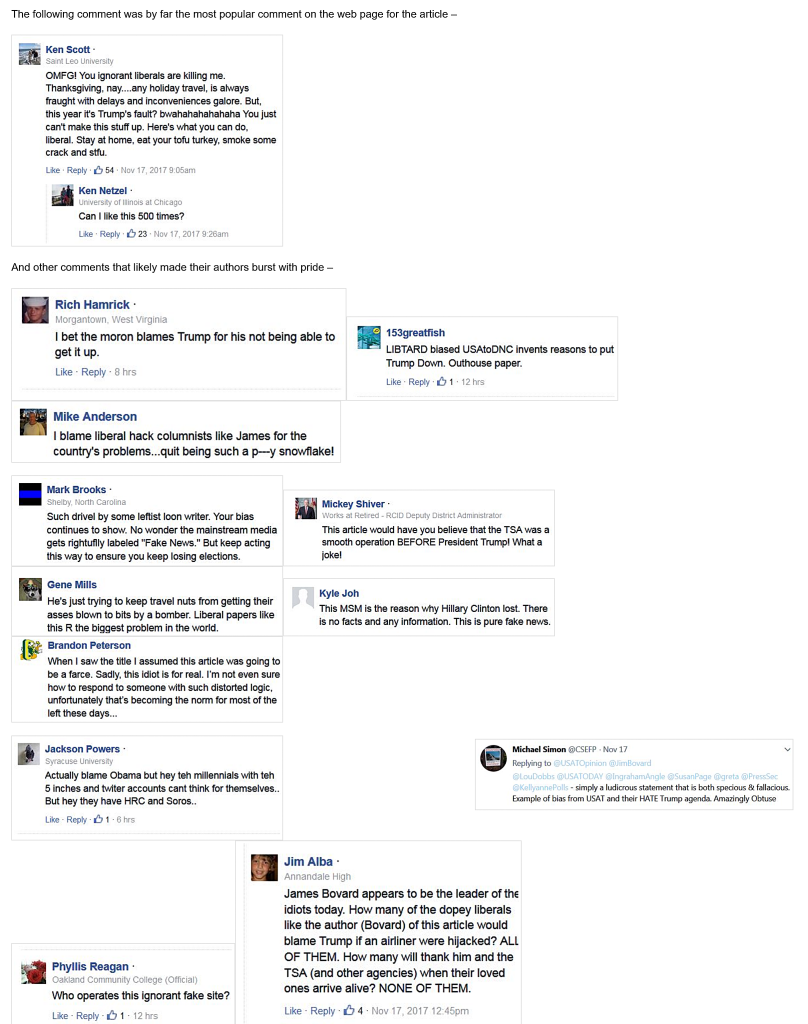Anthony Joshua and Jake Paul had a fight, as expected Joshua won. Andrew Tate made a comeback to the ring, he lost the decision. Both Paul and Tate are social media creatures. Tate, among other things, was a former prize fighter. Paul, after fame as a YouTuber took advantage of his youth, athleticism and passion for the sport to become a boxer. How he went about this was unpopular but popular. If he had never been Jake Paul, the YouTuber and entered boxing the ‘honest’ way. Chances are few would ever have bothered to watch him fight or even cared about his fights. He would be like thousands of other struggling prize fighters. As an established celebrity, millions watched his fights, he made millions and now he has a broken jaw after giving a top ten heavyweight a payday.
Jake Paul, could have been like MrBeast, leaned into the fakeness, take no risks, control every optic, edit, filter and produce safe and consumable content. The slop that, clearly most seem to enjoy. The metrics don’t lie. The corporations, equity firms, hedge funds and governments are privy to what we all view, consume, can see just how much Mr Beast, Jack Doherty and all them other ‘creators’ are adored, or hated. But consumed all the same. They are popular because many watch them. Unlike those other content creators, the Paul brothers got in shape, and fought. This, it seems has made them hated.
Taking a risk, training and vulnerability is forbidden. This is the message to the world, not just content creators but children. Don’t take risks. Be insincere, stay behind the filters, don’t dare to do anything legitimate, especially contested competition. Not that you may get a broken jaw, but you will be hated for it. You will be hated for competing.
Oh, but the critics will say, “it’s how he went about it.”
In that case, who are your favourite non-top ten up and coming boxers. Most of his critics have at best watched a Mike Tyson highlight reel or maybe got drunk while sitting on their friends couch during a UFC event party. As for those who are real fight fans, you know the nature of the sport. This is nothing new. Even before the 2017 fight between Mayweather and Macgregor the sport was always about the popular and sellable, rather than best fighters.
There are those who laugh and applaud that Andrew Tate lost. It turns out, he would have been better staying behind the camera, talking shit and doing what all his podcast and content ‘creator’ peers do, sweet fuck all. React, comment and remain inactive. Instead, whether through hubris or the burning call to return, he fought a younger man and in doing so, he lost. It was an ugly fight. Tate was never a good fighter to watch. He fought all the same. He dared, he trained and took risks. His brand leans into the fact, he actually fought. While the Wes Watson’s lean into wealth porn, shrill rhetoric and tattoos, Tate likes to show he fought. Of all the things Tate has done to make him a deplorable and insufferable content creator, daring and climbing through those ropes was a glimmer of masculine bravado, an iota of credibility. Win, lose or bore. To have a fist fight with another man, transcends leasing a Bugatti by far.
But, masculine, alpha brashness does not require one to have a fist fight with another man, let alone compete in any manner. All one needs to do is present themselves as rich, Russ Hanneman like, a pair of limited edition shoes here, millennial beard and a meme coin but above all else, denigrate women. Not in the Norman Mailer, manner, that’s too intellectual, be a clumsy misogynist whose entire status as a ‘man’, is in the boast “women are lesser creatures”, or should be chattel. The female is too emotional, irrational squeals the terminally online bros, in between gaming tantrums and indignant condemnation of a sex, for not dating them. Be entitled, while sharing a Stoicism meme. Make chauvinism an identity or lift weights to phonk music. In any case, climbing inside the ropes and swapping punches with another man is not the best way to be an online Alpha, abusing your pregnant wife, pointing your fingers at OnlyFans models or struggling with opening jar is all that’s required.
I have written many things criticising the insincere and vile depiction of manhood that the Tate brothers project. A fighter he is. Even in losing. Even if Tate now claims, he won money on him losing. Fighter sure, but content creator above all else. We can acknowledge that Mike Tyson was a great fighter, despite being a rapist, domestic abuser, plus the many other interpersonal violent outbursts from him over the years. Tyson is still an all time great fighter, masculine certainly. For better and worse. Tate, took a risk. He lost. It’s not for those who would never turn up to criticise him. The world has enough virgins commenting under porn videos. If anything maybe it’s a call for nuance, critical thinking. Then again, it’s 2025 and I am probably typing this for an AI summary.
If we want to weigh up human character versus talent, we would pick Clifford Brown over Miles Davis. Only true jazz aficionados know the sweet man Brown was. Even non-Jazz fans appreciate the talented greatness, but repulsive man that Davis was. Both men sacrificed and toiled for the passions and craft. They were legends of Jazz and music.
Talent can at times be the narcissistic drive, a piece of which is the abusive nature and self serving recklessness that likely drove Davis to his greatness. Respected for talent and ability, not character. In this age, talent and ability doesn’t even come into account. Just fame. Repugnant and disingenuous grifting for the sake of achieving digital celebrity. If one takes the least risks, responds rather than acts, critiques instead of create, stay safe inside the approved algorithms, dares not take any risk real risk, it doesn’t matter if you are hated or loved, so long as one gets attention. It’s in the attention where the prize is found.
As for Paul, he tried. He took some good blows and while his other test may have been against Tommy Fury, another loss. It’s his win over a near sixty year old Mike Tyson, a fighter who has not looked good in the ring since 1997, besides the Etienne win. But, conspiracies of all sorts abound. How was the fight, or any fight meant to turn out? How did YOU see it in your mind. What is it like fighting over forty? What’s it like fighting at all? The only reason most wanted to discuss these Paul fights is because they were to be watched in that moment by the hive. The individual had no choice, fight fans seek out the real fights. Yet, most who dared to comment and flocked to their screens to watch a Paul brother fight seldom do, if at all. They watched with the hive.
There is no respect or celebration that a 58-year-old man worked hard enough to get back into shape so he could go the distance against a younger athletic opponent. And that young athletic opponent, who not too long ago, was only learning how to throw a punch. These accomplishments, this hard work is just content for an indifferent audience who doesn’t seem to understand sacrifice, hard work. Instead, everything is a scrolling, miasma of slop. Why risk, why dare, why toil. It’s all unrelatable for an audience whose entire value and experience is in watching, voyeurism and conjecture for the sake of speculation.
It’s the age of insincerity. The decline of reason, the mob is outraged and reacting each and every moment, over something. Only for it all to be forgotten as soon as it seemed to matter. Content passing clouds, apparitions to draw eyes, disappearing. Or, a ‘Chinese spy balloon’.
We should celebrate people daring to risk and do. Even if we don’t like them. It turns out, we can see a persons true character, when they are enduring adversity. Even in those we dislike. We understand why we may like, dislike and respect someone based on what they do, or don’t do.
I still listen to Davis more than I do Brown, even if I value the man Brown was. I like Clifford Brown, I dislike Miles Davis. I love Miles Davis’ music.
I only saw these two fights because I was bombarded with requests and comments, endless messages about the fight and it’s all many wanted to discuss. To be criticised, admonished. I’m unsure what any expected the outcome to be. It was spectacle. Clearly people were entertained, I doubt this many discussed a prime Duran or Holmes fight in their times as much as the numbers of people who do a Paul fight. Is that not engagement, entertainment?
For every critic of the Paul’s, those casuals who have conversations about combat sports, when the herd steers them into such a direction, if I sent them good fights past and more recent, I promise they would never watch. This is a problem found in the mirror, not the screen. Why do so many love this sort of gossip? Why do you they hate these men, more than others? Why is taking a risk the point of attack, over all else? Why are cultivate a brand where they are never vulnerable, are never seen for who they are?
This is the message. Remain fake, control every camera shot, production value is in the presentation, not substance. Have no character, only a brand. Aesthetics is all that matters. Do not expose yourself to any uncontrollable contest, control the interactions. Or, instigate a response which favours you. Like, bumping into a retired UFC fighter, it’s OK because your body guard will cuddle you later that night. Above all else, a real man is never allowed to lose. So, never do anything where you lose, it takes character to overcome such a thing. Character is dead. The digital brood, the hive of attention, wants none of it. Some of those who think Mr Beasts smile is real, will claim Joshua’s punches were fake. They don’t care to know, or are incapable of knowing real or fake, so long as it’s content to be consumed. It’s all just slop to digest.
And yet, here I write, a reaction piece. More slop. An apparition to be forgotten as soon as it appeared.
Kony2012 and happy planking.















